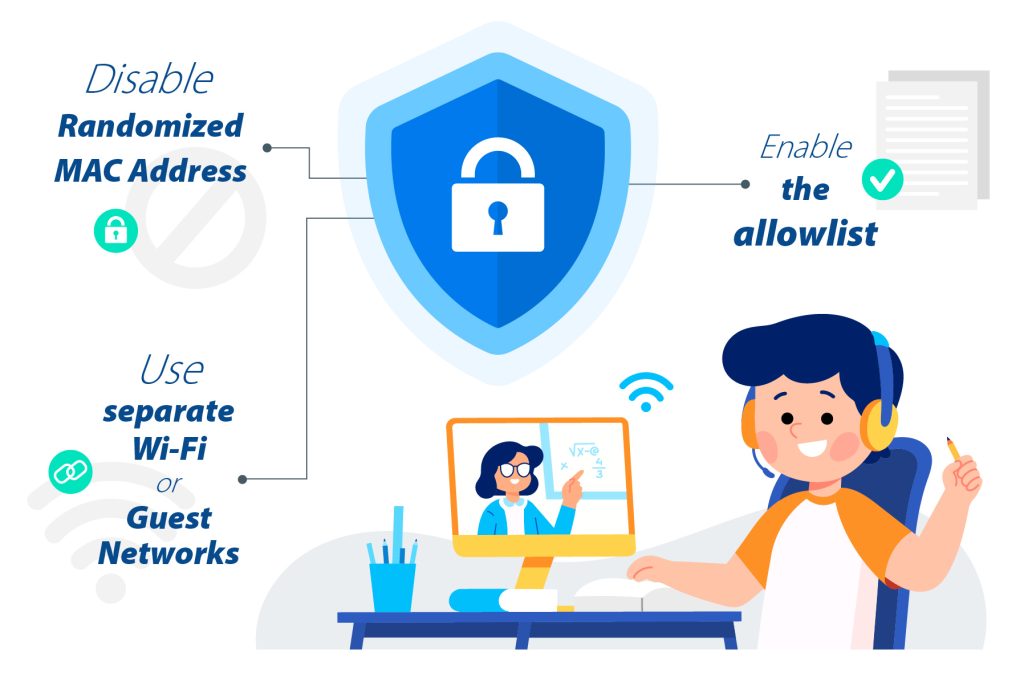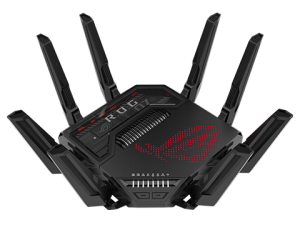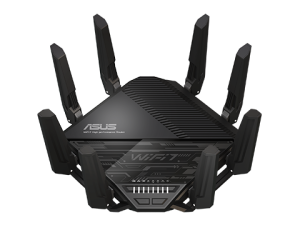Standard device control functions on routers rely on device identification. Due to privacy concerns, iOS, Android, and Windows have implemented randomized MAC address features, allowing devices to use different MAC addresses for various networks. Unfortunately, this causes issues with device identification, making traditional parental control functions less effective. This post will describe the randomized MAC benefit, side effects, and device control solutions.

Benefits:
Increased Privacy
Randomizing the device’s MAC address can protect your privacy by making it more difficult for advertisers, websites, and other entities to track your online activities.
Enhanced Security
Using a randomized MAC address can make it harder for hackers and other malicious actors to attack or monitor your device. This is especially important when connecting to public Wi-Fi networks, particularly in situations with security risks.
Avoid Network Restrictions
Some networks (such as public Wi-Fi networks or certain corporate networks) may block devices with specific MAC addresses. Randomizing your MAC address can help bypass these restrictions and connect to the network.
Side Effects:
Compatibility Issues
Randomizing MAC addresses may cause compatibility issues with some applications or networks that require MAC address identification or authentication.
Network Issues
Using multiple devices on the same network and randomizing their MAC addresses may lead to confusion and potential network problems. For example, devices may be unable to connect to other devices or encounter connection issues.
Device Identification
Randomizing your MAC address may make it more challenging to identify devices, which could impact certain features or services that rely on communication between devices, such as file sharing or remote printing.
In conclusion, while randomizing your MAC address can provide some privacy and security benefits, it’s essential to consider potential side effects and weigh the pros and cons before deciding whether to use this feature.
Suppose children’s phones have enabled randomized MAC addresses, causing the router to have difficulty managing the device. In that case, parents can take several measures to resolve the issue:
Enable the allowlist
Most routers allow you to create an allowlist of trusted devices to connect to the network. Trusted devices must use the same MAC address in the allowlist. Otherwise, they cannot link to this network.
Disable Randomized MAC Address
If the children’s phones cause too much interference with the network, you may need to educate the children on disabling the randomized MAC address feature. This will allow the router to identify and manage the device more effectively.
Use separate Wi-Fi or Guest Networks
A particular Wi-Fi or guest network is an independent network where you can set up different network rules. For example, if parents set up the Kid’s Wi-Fi, all children connected to this network will obey the same parental control rules, regardless of their devices’ MAC addresses or names. This makes it convenient for parents, as they don’t need extra time setting up device groups for their children.
Educate Children
Teach children about the importance of network security and the potential impacts of using randomized MAC addresses. By understanding the risks and benefits, children may be willing to disable the feature or take other measures to mitigate the impact on the network.

ROG Rapture GT-BE98
The world’s first quad-band WiFi 7 ROG gaming router.

RT-BE96U
Tri-band WiFi 7 router for home and business.